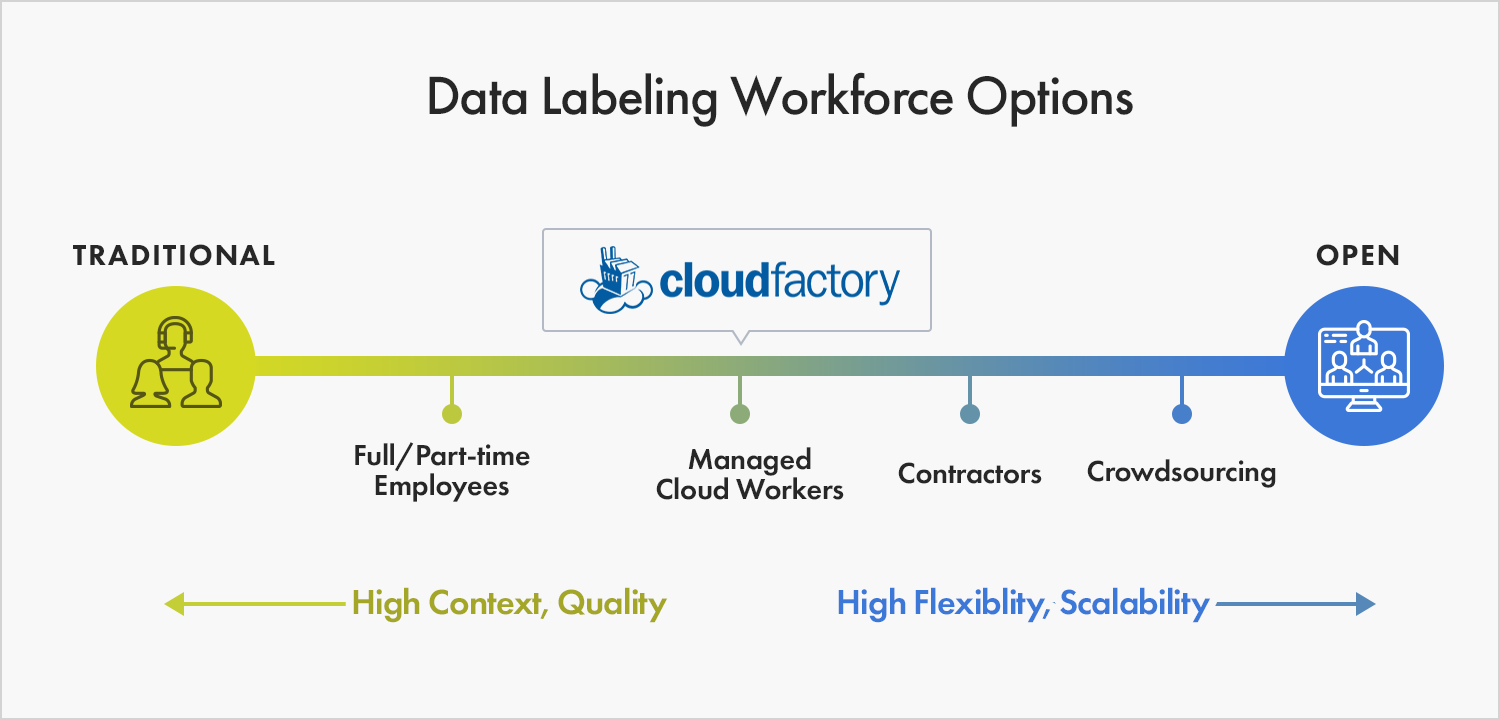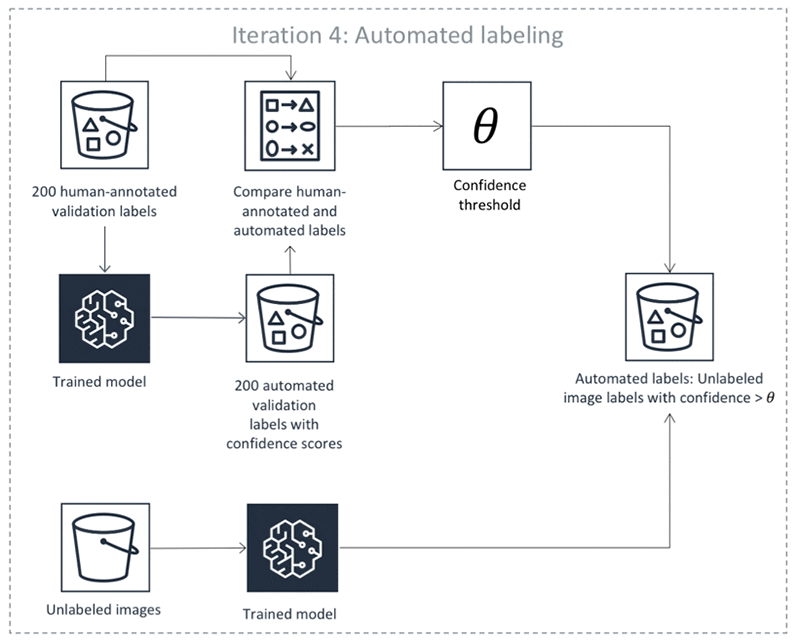Data annotation is the process of labeling data in various formats to enable machines to understand and process it accurately.
Annotated data is an integral part of many machine learning and artificial intelligence applications. At the same time, it is one of the most time-consuming and labor-intensive parts of an ML project, and data annotation is one of the biggest constraints for organizations implementing AI. We’ll explore what data labeling is and why it’s important.
Data annotation is the process of labeling data in various formats to enable machines to understand and process it accurately.
What is Data Labeling ?
Data annotation is the process of labeling data in various formats such as video, image or text so that machines can understand it. For supervised machine learning, labeled datasets are critical because ML models need to understand input patterns to process them and produce accurate results. ML models are trained and learned from properly labeled data and solve the following problems:
Classification: Assign test data to specific categories. For example, predicting whether a patient has a disease and assigning their health data to the “disease” or “no disease” category is a classification problem.
Regression: Establishes the relationship between dependent and independent variables. Estimating the relationship between advertising budget and product sales is an example of a regression problem.

For example, training machine learning models for self-driving cars involves annotated video data. Individual objects in the video are annotated, allowing the machine to predict the object’s motion.
Data labeling is also known as data classification or machine learning training data generation.
Why is data labeling important?
Labeled data is the lifeblood of supervised learning models because the performance and accuracy of such models depend on the quality and quantity of the labeled data. Annotated data is important because
· Machine learning models have a wide range of key applications
· Finding high-quality labeled data is one of the main challenges in building machine learning models
What are the different types of data annotations ?
Different data labeling techniques can be used depending on the machine learning application. Some of the most common types are:
1. Text annotation trains machines to better understand text. For example, chatbots can recognize user requests and provide solutions through machine-learned keywords. If the labeling is inaccurate, the machine is less likely to provide a useful solution. Better text callouts provide a better customer experience. In the process of data labeling, some specific keywords, sentences, etc. are assigned to data points through text labeling. Comprehensive text annotations are critical for accurate machine training. Some types of text annotations are:
Semantic annotation: Semantic annotation is the process of annotating text documents. Unstructured content can be found more easily by tagging documents with related concepts. Computers can interpret and read the relationship between specific parts of metadata and resources described by semantic annotations.
Intent Annotation : For example, the phrase “I want to chat with David” represents a request. Intent annotation analyzes the requirements behind these texts and categorizes them, such as requests and approvals.
Emotional labeling : Emotional labeling marks the emotions in the text and helps machines recognize human emotions through text. Machine learning models are trained using sentiment-labeled data to find the true sentiment in text. For example, by reading customer reviews of products, ML models understand the attitudes and sentiments behind the text, and then make relevant labels such as positive, negative, or neutral.
1. Text classification : Text classification assigns categories to sentences or entire paragraphs in documents based on topics. Users can easily find the information they are looking for on the website.
2. Image annotation : The process of annotating images to train AI or ML models. For example, a machine learning model has acquired a high level of human-like understanding of labeled digital images and can interpret what it sees. With data annotation, objects in any image are labeled. Depending on the use case, the number of labels on the image may increase. There are four basic types of image annotations:
Image Classification: First, the machine is trained with annotated images, and then with predefined annotated images to determine what the image represents.
Object Recognition/Detection:It is a further version of image classification. It is the correct description of the number and exact location of entities in the image. While in image classification labels are assigned to entire images, object recognition labels entities individually. For example, in image classification, images are labeled as day or night. Object recognition individually labels various entities in an image, such as bicycles, trees, tables.
Segmentation: A more advanced form of image annotation. To analyze an image more easily, it divides the image into parts called image objects. There are three types of image segmentation:
§ Semantic Segmentation: Label similar objects in an image based on attributes such as size and location.
§ Instance Segmentation: Every entity in an image can be labeled. It defines properties of entities such as location and quantity.
§ Panoptic Segmentation: Combining semantic and instance segmentation.
What are the main challenges in data labeling ?
· Cost of labeling data: Data labeling can be done manually or automatically. However, manually labeling data requires a lot of effort, and you also need to maintain the quality of the data.
Accuracy of labeling : Human errors can lead to poor data quality, which directly affects the predictions of AI/ML models. Gartner research highlights that poor data quality can cost companies 15% of lost revenue.
